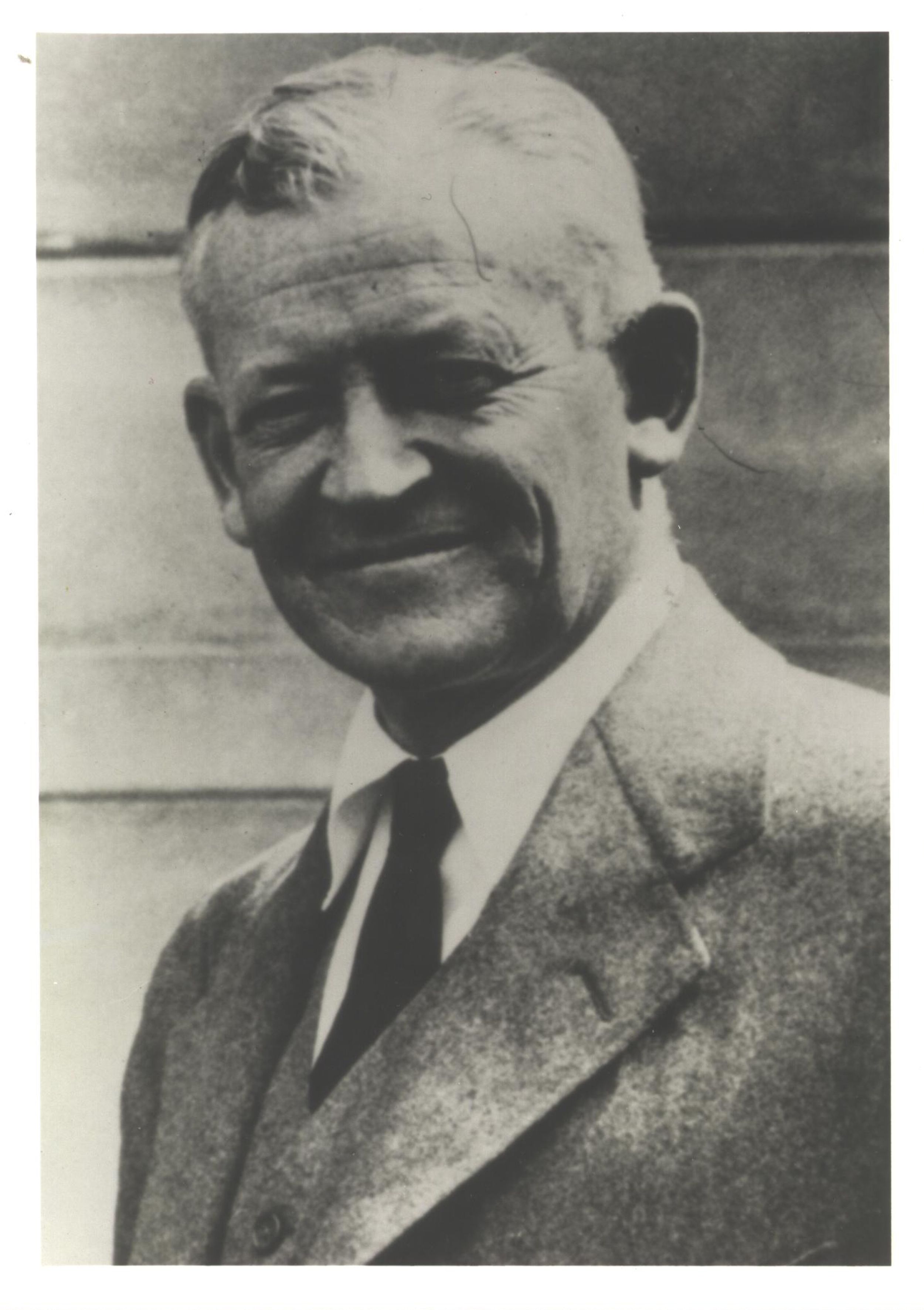
The Buchanan Family and Mining Innovations
DeWitt Buchanan Senior and DeWitt Buchanan Junior
Changing The World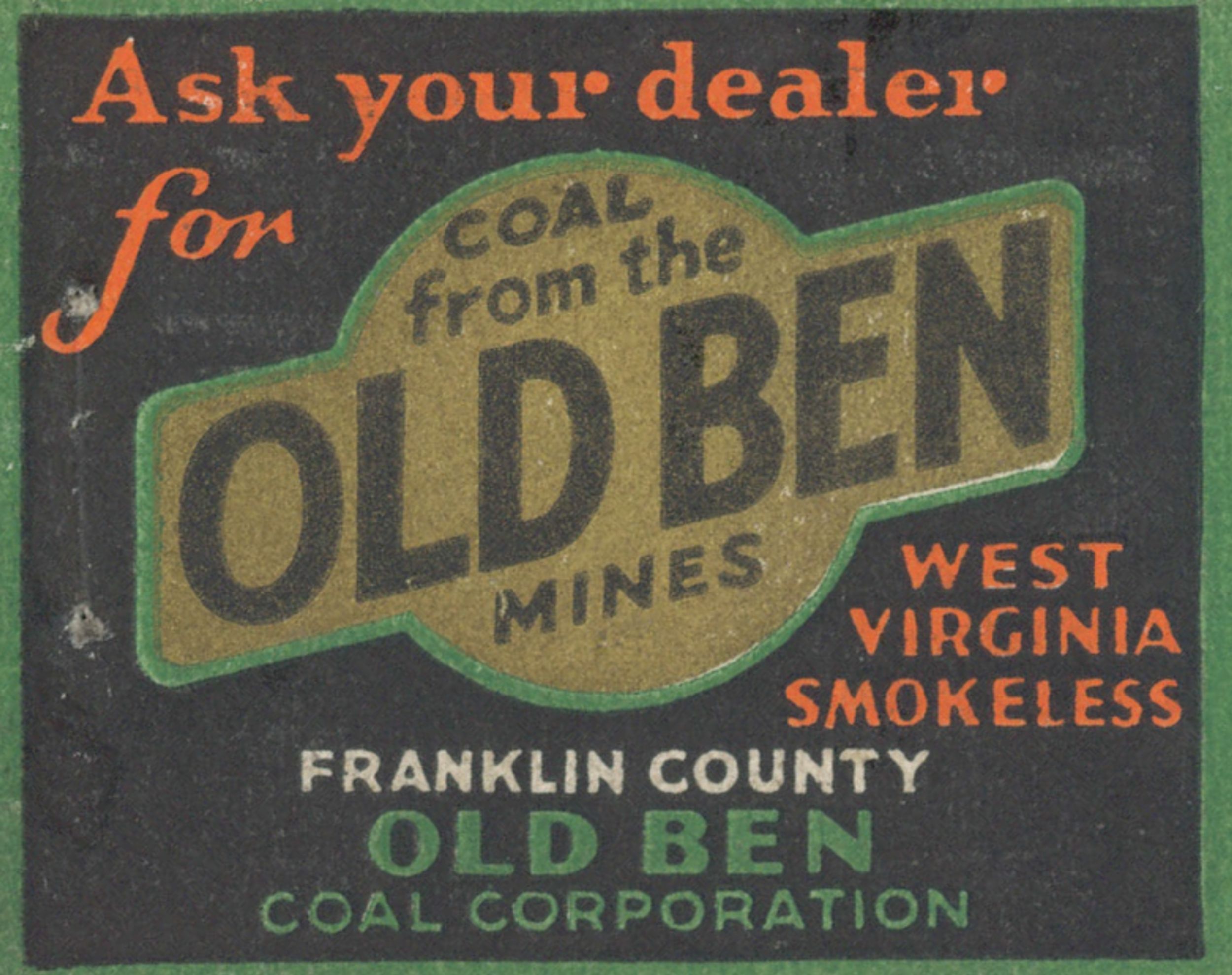

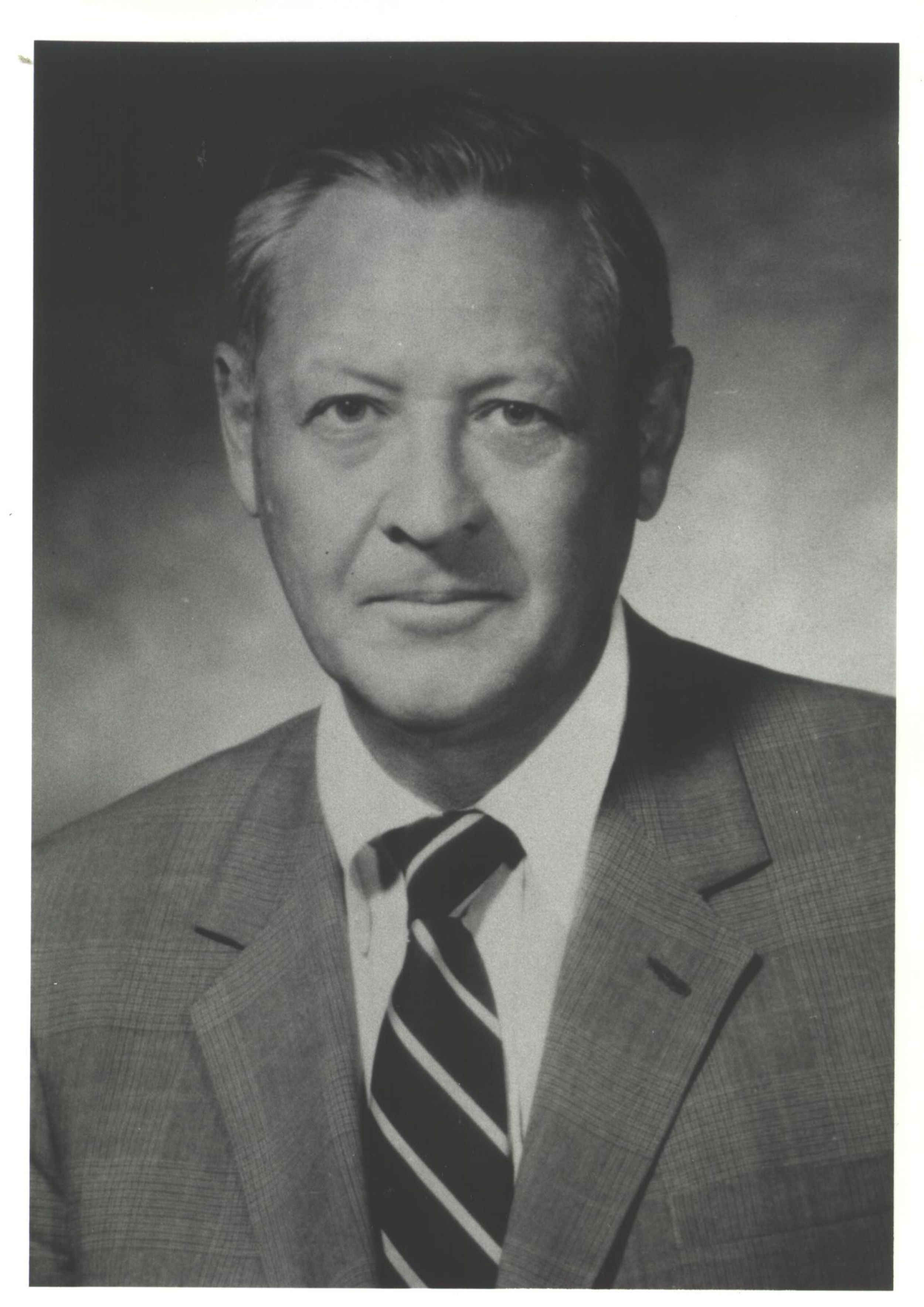
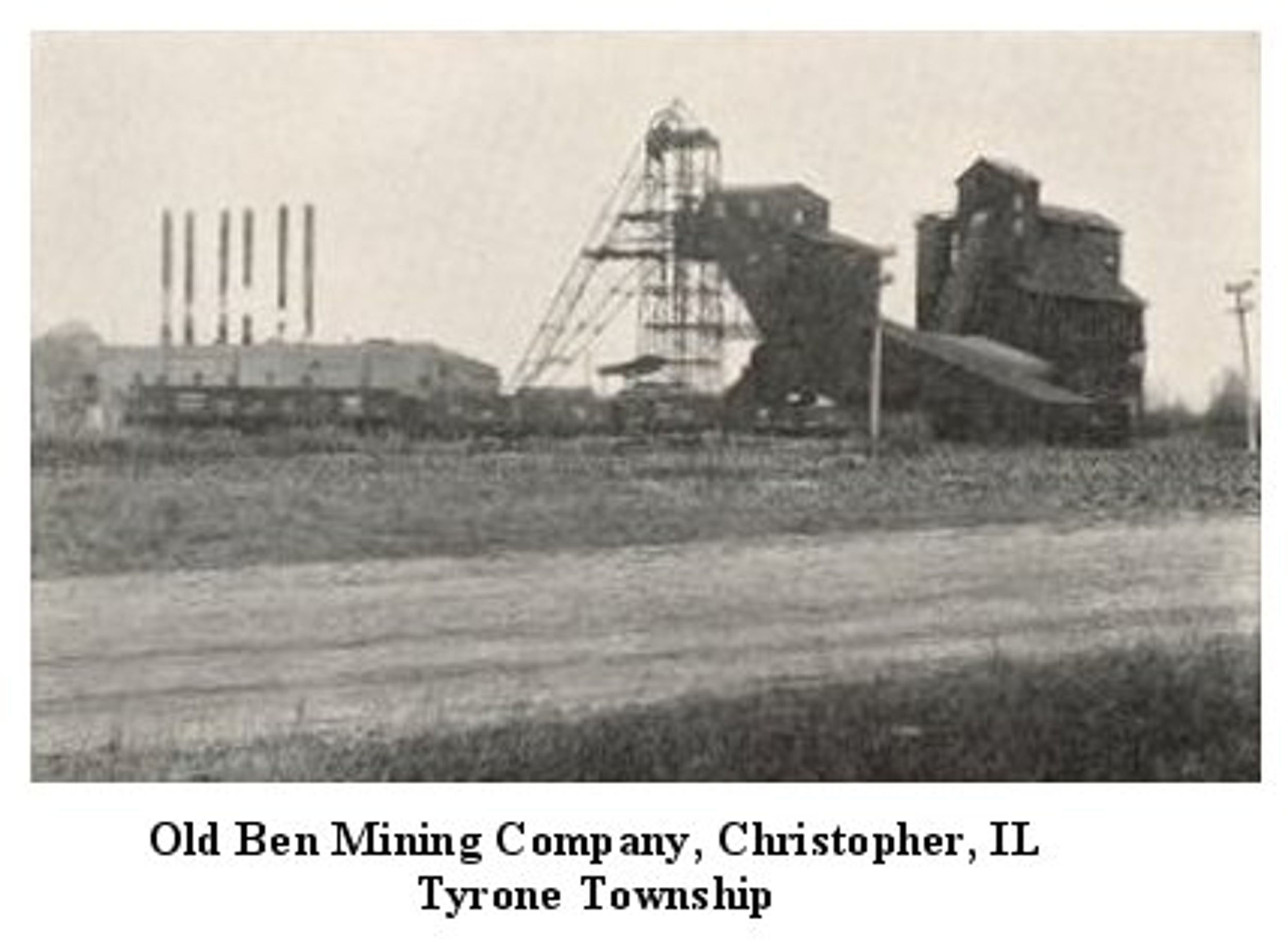
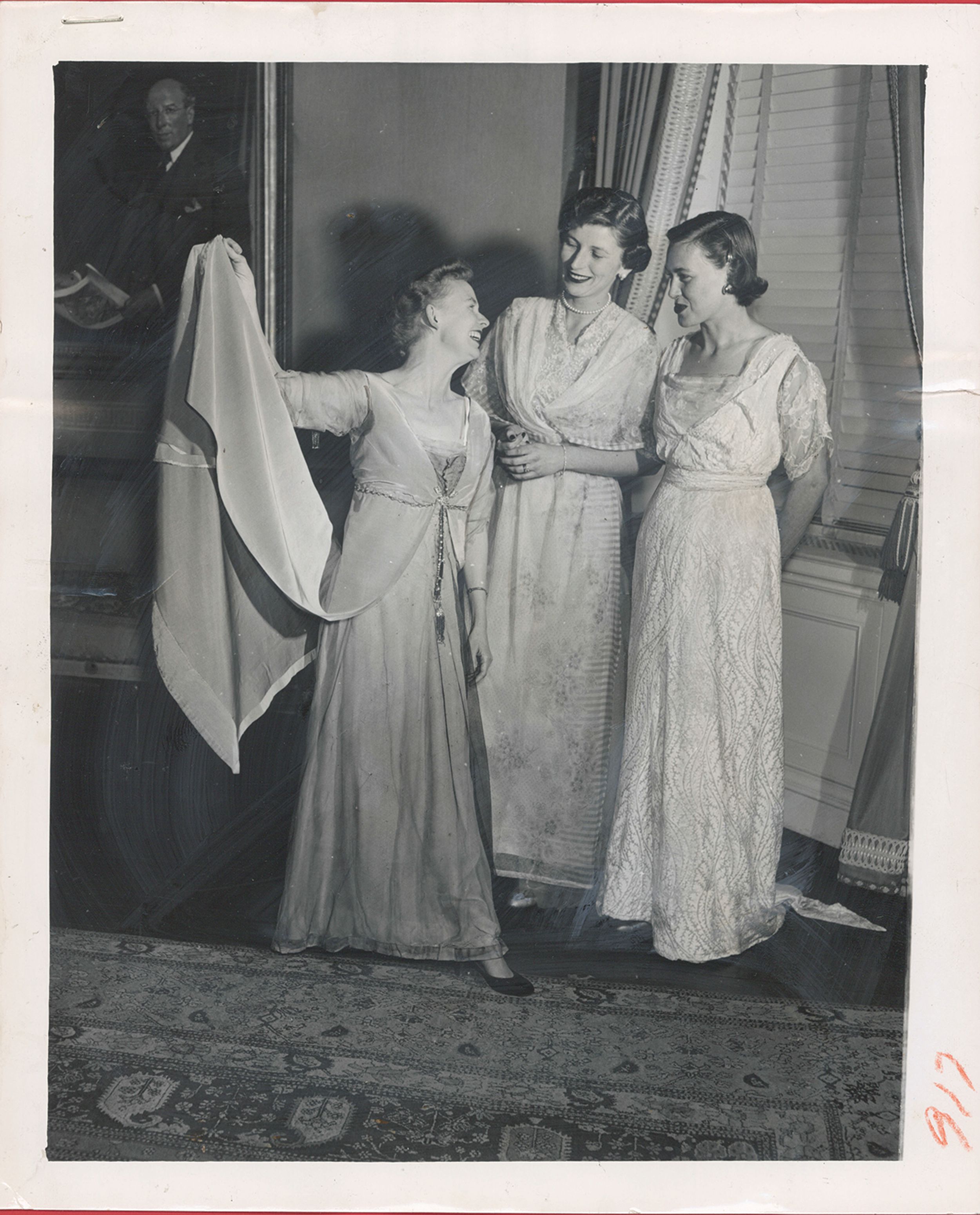
The Old Ben Coal Mine in Franklin County, Illinois
While coal mining was a mainstay industry in the eastern mountain states, coal was also abundant in the late 1800s in Illinois. Early settlers mined for the bituminous coal, but there wasn't commercial demand from Illinois coal fields until the 1848 transcontinental connection of rail service. By the end of the 1800s, the ability to mine the coal had diminished in the Illinois Basin Coalfield, outpaced by the eastern mountain region’s abundant coal supply, which created financial pressure on local companies.
Milford DeWitt Buchanan (1835-1905) had come to Chicago in the late 1850s and worked for a Chicago bank that handled struggling businesses. After purchasing and managing several businesses in the Chicago area while maintaining his work in banking, Buchanan purchased the struggling Wilmington Star Coal Company (circa 1880). It was one of the last working mines in central Illinois.
In 1898, his son, DeWitt “Buck” Buchanan graduated with an engineering degree from Purdue University and eventually succeeded his father in the management of Wilmington Star. The Buchanans expanded the company’s land holdings in Franklin County, Illinois, and added mines in West Virginia. They changed the name of the company to Old Ben Coal Company, to honor both the county name and Ben Franklin. From 1905 until it sold in 1968, Old Ben was one of the nation’s largest coal producers.
Buck Buchanan focused his engineering training to innovate and improve the laborious and dangerous extraction methods being used at the mines. His innovative practices remain standard in mine operation today. Coal dust is highly flammable, and the explosions that cleared mine tunnels often went awry, injuring and killing miners. Buchanan created a sealed light system for the miners to use underground that reduced exposure to flame, and he developed a technique now called rock dusting, in which the mine surfaces are coated in inert rock dust to keep the coal dust from becoming airborne.
Buck Buchanan moved to Lake Forest in the 1920s and for more than 40 years the family made their home at 297 Green Bay Road. His son, DeWitt Buchanan, Jr., joined Old Ben in 1940 after graduating from Princeton with an engineering degree. He also put his engineering expertise to use and continued the innovative developments of the company.
They eliminated the use of dangerous black blasting powder in Old Ben’s mines, and through their willingness to publicly share their processes and patents, helped to completely eliminate this explosive in all underground coal mines. Buchanan Jr. focused on the methods that were being used in the mining process and developed a machine that would eliminate the need for explosives altogether in underground mining. His initial model was revised and improved, and then known as the Goodman boring machine.
Buchanan Jr. also introduced continuous belt haulage, which allowed for the extracted coal to be removed from the mine tunnels without the more dangerous track system. According to the Mining Hall of Fame, in 1960, he opened the first large modern mine totally equipped with belt haulage and helped to promote the adoption by other mine companies of the safer continuous mining machines.
DeWitt Buchanan Jr. became president of Old Ben in 1950 and CEO in 1964. In 1968 he negotiated the sale of Old Ben to Standard Oil of Ohio but remained as CEO after the sale. Buchanan remained with the company until his retirement in 1988.
Buck Buchanan passed away in 1977 at the age of 100 and DeWitt Jr. passed in 1988. Both father and son have been inducted into the Mining Hall of Fame.
Buchanan Hall at Lake Forest College is named for the family.
